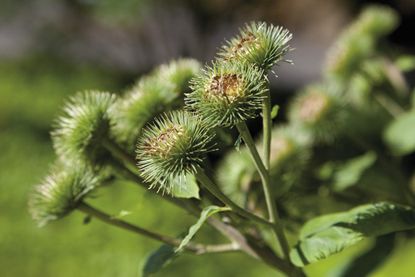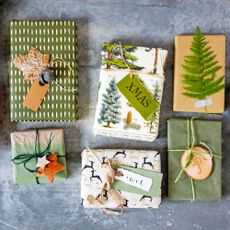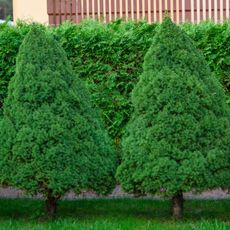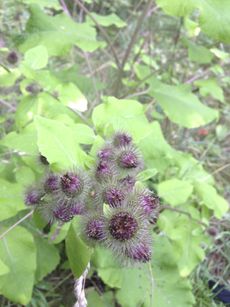Burdock Plant Care – How To Grow Burdock In The Garden


Burdock is a native of Eurasia but has quickly become naturalized in North America. The plant is an herbaceous biennial with a long history of edible and medicinal use by native people. For gardeners who wish to try growing burdock plants, seed is available from numerous sources and the plant is adaptable to any light level and most soils. This is an easy plant to grow, either as an herbal medicine or as an interesting vegetable. As a part of your medicinal or edible garden, very little burdock plant care is necessary once it's established.
About Burdock Plants
Burdock occurs in undisturbed sites where the plant forms a rosette the first year and a flowering spike the second. The roots and young leaves and shoots are edible. The plant is easy to grow and can produce roots up to 2 feet (61 cm.) long in 100 days or less. Gardeners who want to know how to grow burdock should know that it's easier to harvest roots if planted in sandy, loose soil. Burdock may reach 2 to 9 feet (61 cm. to 3 m.) in height and produces rough, sticky, burred fruits. From these fruits comes its scientific name, Articum lappa. In Greek, ‘arktos’ means bear and ‘lappos’ means seize. This refers to the fruits or seed capsules which are barbed with spurs that grab onto animal fur and clothing. In fact, from this fruit, it is said the idea for Velcro was developed. The flowers are bright pinkish purple and similar to many thistle species. The leaves are broad and lightly lobed. The plant will self-seed readily and can become a nuisance if not managed. This should pose no problem if you are continually deadheading the plant or if you intend to use it as a root vegetable. Another way to contain the plant is by growing burdock in pots.
Burdock Plant Uses
Among the many burdock plant uses is in the treatment of scalp and skin problems. It is also known to be a liver treatment and stimulates the digestive system. It is a detoxifying herb and diuretic and has also been used as an antidote in some cases of poisoning. In China, the seeds are used to treat colds and cough. Medical uses of burdock stem from the plant's use in tinctures and decoctions resulting in salves, lotions, and other topical applications. Burdock is a popular food plant as well, known as gobo in Asian cooking. Roots are eaten either raw or cooked, and leaves and stems are used like spinach. Indigenous Americans were growing burdock plants in their own vegetable gardens before the country was settled by Europeans.
How to Grow Burdock
Burdock prefers loamy soil and a neutral pH in areas with average water. Seeds should be stratified and germinate at 80 to 90% when sown directly in spring after all danger of frost has passed. Plant seeds 1/8 inch (3 mm.) under the soil and keep evenly moist. Germination takes place in one to two weeks. Once seed has germinated, young plants grow quickly but it takes some time to establish a taproot of sufficient size to harvest. Plants should be spaced at least 18 inches (46 cm.) apart. For the most part, burdock has no significant pest or disease issues. Continued burdock plant care is minimal but steps may have to be taken to manage the spread of the plant. Harvest leaves when young and tender and wait a year before taking the root.
Gardening tips, videos, info and more delivered right to your inbox!
Sign up for the Gardening Know How newsletter today and receive a free download of our DIY eBook "Bring Your Garden Indoors: 13 DIY Projects For Fall And Winter".

Bonnie Grant is a professional landscaper with a Certification in Urban Gardening. She has been gardening and writing for 15 years. A former professional chef, she has a passion for edible landscaping.
-
 The Best Gifts For Gardeners: 25 Thoughtful Ideas To Delight For Christmas 2024
The Best Gifts For Gardeners: 25 Thoughtful Ideas To Delight For Christmas 2024Treat that special gardener in your life to a gift they'll cherish over the holiday season and for many years to come, with our expertly curated selection.
By Melanie Griffiths
-
 Try These 5 Types Of Spruce Trees – Easy Ways To Add Evergreen Beauty To Every Garden
Try These 5 Types Of Spruce Trees – Easy Ways To Add Evergreen Beauty To Every GardenYou might not have the largest yard or plot, but that doesn’t mean you can’t grow the mighty spruce. These 5 types of spruce trees are very adaptable to different spaces
By Teo Spengler
